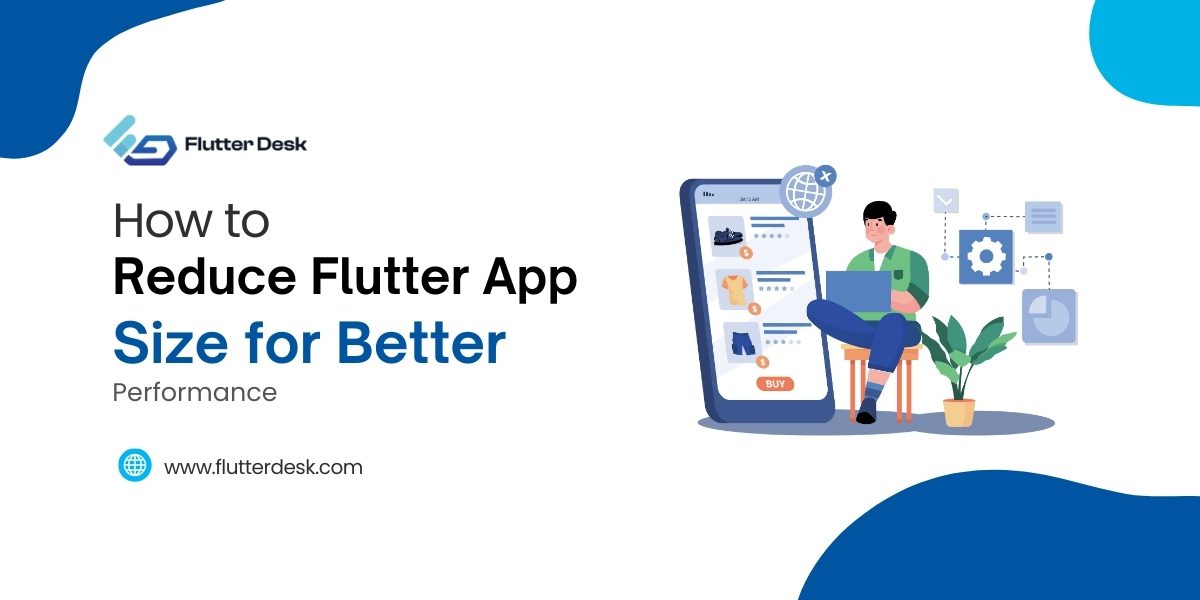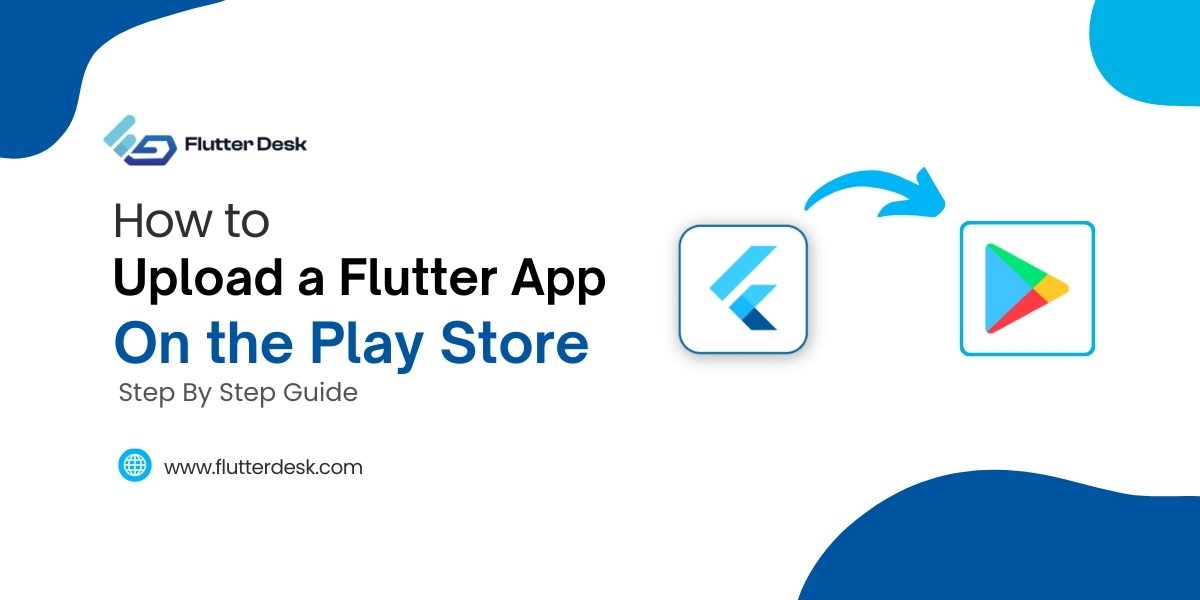UI UX design tools are indispensable assets, shaping how users interact with applications. They are the cornerstone for crafting intuitive, engaging, and aesthetically pleasing interfaces, dictating the overall user experience and satisfaction levels. UI UX design tools bridge the gap between developers’ visions and users’ expectations, allowing the creation of seamless and interactive apps for e-commerce, gaming, or social networking. They empower designers to visualize, iterate, and implement their ideas effectively, enhancing the app’s usability and appeal.
Therefore, the choice of selection and implementation of UI/UX design tools are paramount, as they mold the interaction between the user and the application, influencing user retention and the app’s overall success.
Significance Of UX/UI Design Tools For Mobile App Development
UI/UX design tools hold paramount importance in developing mobile apps. They are the backbone for creating interfaces and experiences that are user-centric, intuitive, and visually compelling. Here’s a simplified look at why they are crucial in the mobile app development phase:
- Simplicity and Functionality: These tools enable the creation of user-friendly and functional apps, ensuring smooth and intuitive user interactions.
- User Satisfaction and Retention: These tools significantly improve user satisfaction and retention rates by optimizing the user interface and experience.
- Enhanced Usability and Performance: Proper use of UI/UX tools can drastically improve the overall usability and performance of the app, reducing user friction and avoiding common design pitfalls.
- Competitive Edge: In a market flooded with apps, leveraging the right UI/UX design tools is essential for standing out and ensuring the app’s success.
- Business and User Needs: They help align the final product with user demands and business goals, creating a balance between aesthetics and functionality.
Using the right UI/UX tools is not just about improving the aesthetic appeal but also about enhancing the overall quality and effectiveness of mobile apps, making them an integral part of the app development process.
Types Of Flutter UI UX Design Tools
When it comes to developing user-friendly and efficient apps, the selection of the right UX/UI design tools is pivotal. These tools, essential for providing top-notch UX/UI design services, come in various types, each serving a distinct purpose in the design process. Here’s a concise overview of the different kinds of UX/UI tools available:
Testing Tools
Testing tools are crucial for UX design tools to assess the app’s usability and interactions. They play a vital role in the iterative design phase, allowing designers to validate their solutions and make necessary adjustments based on real user feedback. They aid in pinpointing usability issues, improving user satisfaction, and ensuring that the final design is user-friendly and meets the user’s needs and expectations.
Wireframing Tools
Wireframing tools are essential in the initial stages of app development. They help designers visualize the basic page structure, layout, navigation, and overall app direction before adding aesthetic elements. They are crucial for establishing the foundation of the app’s design, functionality, and content, allowing designers to plan and organize its information architecture effectively. By creating a simplified visual guide (a wireframe), designers can define the user journey and align it with the user’s goals and business objectives.
Prototyping And Visual Design Tools
Prototyping and Visual Design Tools transform wireframes by integrating detailed visuals and interactions, facilitating the creation of dynamic, high-fidelity prototypes that mirror the final product. They are critical for validating design and interactions, refining the app’s plan based on early user feedback, and ensuring a seamless user experience, thus mitigating usability issues after launch.
Best Flutter UI UX Design Tools: Features
Choosing the right UX/UI tools can significantly influence an application’s design and development process. Here’s a glimpse at some top-tier tools and their unique features:

Adobe XD:
Adobe XD is known for its simplicity and efficiency, making it a popular choice among designers for creating interactive prototypes. It stands out for its user-friendly interface and versatile design options.
Features
- Simple, intuitive interface for designing
- Auto-Animate feature for easy animations between artboards
- Responsive Resize for automatic adjustment of components
Sketch:
Sketch is a vector-based design tool with a focus on user interface design. It’s renowned for its ease of use and extensive plugin ecosystem that facilitates a wide range of design applications.
Features
- Detailed and scalable vector-based designs
- Extensive range of available plugins
- Symbols feature for reusing design elements efficiently
Figma:
Figma offers a collaborative design environment, allowing designers to work simultaneously on projects. Being web-based ensures easy accessibility and supports the creation of complex shapes with vector networking.
Features
- Real-time collaborative design
- Browser Accessibility
- Vector networking for complex shapes
InVision:
InVision is specialized in creating highly interactive and animated prototypes. It provides seamless transitions and user testing capabilities, making it a comprehensive design tool.
Features
- Creation of animated and interactive prototypes
- Smooth transitions and animations
- Integrated user testing for instant feedback
Balsamiq:
Balsamiq is ideal for designers who need to create low-fidelity wireframes quickly. Its drag-and-drop feature and extensive UI element library make it a go-to tool for rapid wireframing.
Features
- Quick creation of low-fidelity wireframes
- User-friendly drag-and-drop feature
- Extensive library of UI elements and icons
Axure RP:
Axure RP is distinguished by its advanced prototyping capabilities and support for conditional logic and variables. It’s ideal for designers aiming for high functionality and interactivity in their prototypes.
Features
- Advanced prototyping with high interactivity
- Support for conditional logic and variables
- Creation of dynamic content for adaptive views
Marvel:
Marvel is appreciated for its user-friendly tools and streamlined design handoff between the design and development phases. Its interface is intuitive, and it allows the integration of user tests for improved designs.
Features
- User-friendly tools for a streamlined design process
- Design handoff for a smoother transition to development
- Integrated user testing for refined designs
Proto.io:
Proto.io is known for allowing designers to create detailed, interactive prototypes without any coding. Its user-friendly interface and usability testing feature make it a valuable tool in the design process.
Features
- Creation of interactive prototypes without coding
- Intuitive interface for detailed designs
- Usability testing for design validation
How to Choose the Right UX Design Tool
Choosing the right UX design tool is crucial and depends on various factors:
- Define Project Needs: Clearly understand your project’s goals, required features, and the level of fidelity needed. Select a tool that aligns well with the project’s scale and complexity.
- Budget Assessment: Determine your budget. While free tools are available, some may have limitations, so be willing to invest in a tool that offers premium features if it meets your needs.
- Collaboration and Compatibility: Opt for tools that offer excellent collaboration features and integrate well with other platforms and file formats used in your workflow, ensuring seamless design development processes.
- Flexibility and User Friendliness: Choose a flexible and scalable tool with a user-friendly interface to adapt to evolving needs and ensure a smooth, intuitive design experience.
- Try Before You Buy: Utilize trial versions, read user reviews, and gather peer feedback to assess the tool’s efficiency, reliability, and overall performance.
Conclusion
UI/UX design tools in mobile app development are paramount. They are integral in creating user-centric, intuitive, and aesthetically pleasing apps that align with business objectives and user expectations. Employing the right UI/UX design tools is essential in standing out in the competitive app market, as it ensures the delivery of high-quality, user-friendly products. Therefore, carefully selecting and adopting optimal design tools are crucial for enhancing app design and elevated user satisfaction, ultimately contributing to the app’s overall success.
Or else, You can also reach out to our UX UI services for your application.











